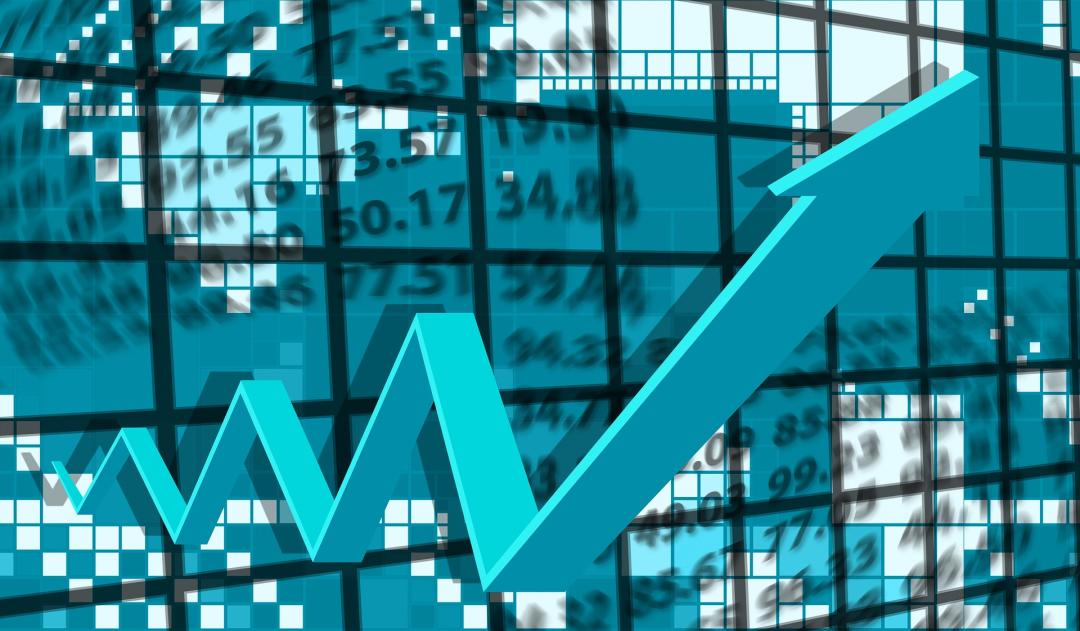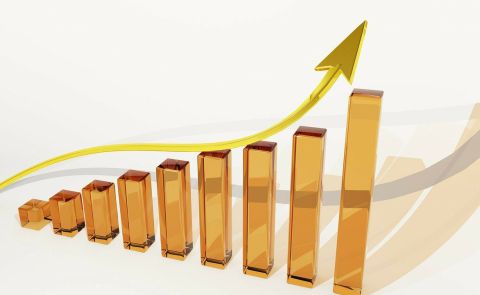
Recent economic data on Armenia and Georgia

Georgia's annual inflation rate was 13.7% in February
The National Statistics Office (Geostat) revealed that Georgia's annual inflation rate was 13.7% in February.
Meanwhile, consumer prices grew by 0.9% on a monthly basis.
Housing, water, electricity, gas, and other fuels (45.8% rise); food and non-alcoholic drinks (17.3% increase); and transportation (17.35 increase) were the main drivers of yearly inflation (14.5% increase).
Clothing and footwear (4.1% rise), food and non-alcoholic drinks (2.1% increase), alcoholic beverages and tobacco (1.3% increase), and transportation (1.3% increase) all contributed to the monthly inflation rate (1% increase).
Armenia's GDP grew by 5.7% in 2021
Armenia's economy grew by 5.7% last year, fuelled by rising commodity prices on global markets, agricultural expansion, and strong tax receipts.
The State Statistics Committee reported that GDP was 6.983 billion drams ($13.9 billion) in nominal terms.
The country’s economic activity grew by 5.8% year-on-year, supported by the growth in almost all sectors of the economy.
The effect of the coronavirus epidemic and the conflict over Nagorno-Karabakh dimmed expectations for recovery in the first quarter of 2021, with GDP falling 3.3% year on year. Despite recent significant development, Armenia's economy has been hit by a doubly hard by COVID-19 pandemic restrictions and 2020’s six-week renewal of the fighting between Azerbaijan and ethnic Armenian troops over the Nagorno-Karabakh territory and neighbouring regions.
The economy of the former Soviet republic grew by 13.1% year over year in the second quarter of 2021.
Armenia's growth is expected to be 4.8% in 2022, according to the World Bank. Armenia's economy is likely to accelerate in 2023, according to the bank, as strong private consumption and a more stable investment climate bolster domestic demand and balance the drag of ongoing fiscal reduction. The projection is based on a reduction in geopolitical tensions, a reduction in pandemic-related disruptions due to advancements in immunisations, and an increase in consumer and business confidence. Legacy structural concerns and lower oil prices in Azerbaijan, as well as challenges with reform implementation in Armenia, are weighing on the outlook.
Armenia is expected to expand at a rate of 4.5% in 2022, according to the International Monetary Fund.
Armenia's long-term foreign-currency issuer default rating (IDR) was confirmed at 'B+' by Fitch Ratings in May of last year, with a stable outlook.
Armenia's economy will see a mild rebound in 2022, according to Fitch Ratings, as the nation recovers from the COVID-19 epidemic and the flash conflict with Azerbaijan.
Armenia also possessed a strong macroeconomic and fiscal policy framework, as well as a credible commitment to change, according to Fitch, all of which were backed up by the IMF stand-by agreement.
See Also


Armenia Records 5.9% GDP Growth in 2024, Missing 7% Goal

Yerevan Balances Strategic Ties with Both US and Russia, Says Foreign Minister

FM Mirzoyan: Peace Deal with Azerbaijan Is Within Reach

Pashinyan and Erdogan Hold Call, Reaffirm Commitment to Ongoing Dialogue

